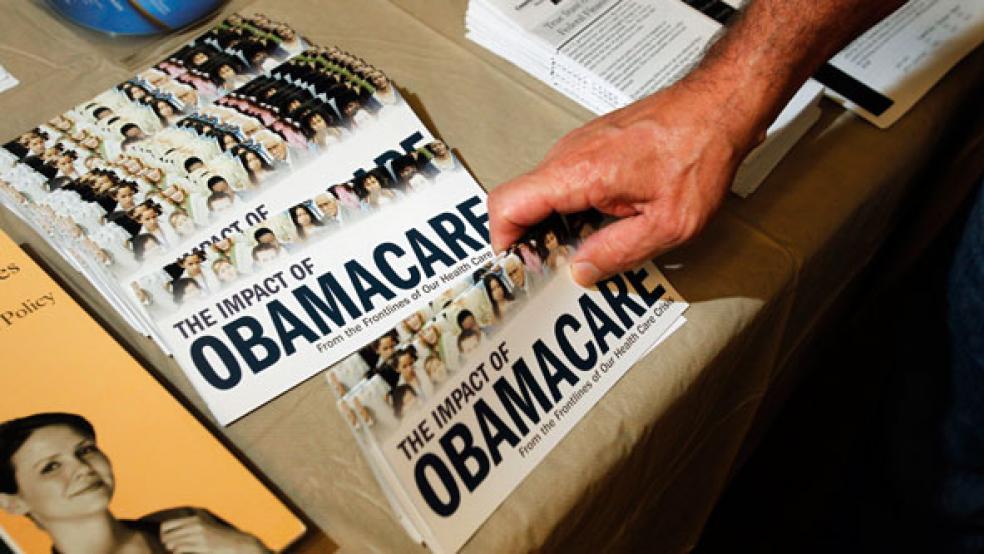A handful of states struggling to finance their Obamacare health exchanges are considering teaming up with other states to keep their insurance portals sustainable as federal funds run out this year.
Under the Affordable Care Act, the federal government gave states a collective $4.8 billion to set up and customize their own exchanges for their own state residents. The idea was that the federal government would help prop up the exchanges, and then states would have to make them self-sustainable by this year.
Related: Some States are in Debt Over Obamacare Exchanges
However, a number of states including California and Oregon are having trouble financing their exchanges now that federal funding is drying up. Covered California, for example, is running a deficit of $80 million.
To save on costs, California is reportedly in talks with Oregon, another state struggling to afford its exchange, to merge their exchanges, The Hill first reported.
They’re not alone. Other states are contemplating building similar multi-state exchanges. New York and Connecticut are also discussing the plan, though both are in the very preliminary stages.
Though it’s unclear what a merge would entail, it’s likely that states would be able to share call centers and websites to keep expenses low. Of course, there are plenty of issues that would need to be hammered out, like how insurance markets would be regulated between the two (or more states).
Related: Why Obamacare’s Portal Still Needs a Brand Makeover
The option is seen as an alternative to joining the federal exchange as other struggling state exchanges, like Nevada, have done. Nevada ditched its exchange at the beginning of the year to join HealthCare.gov after the state ran into financial and technical problems with its website.
The option of forming a multi-state exchange gives states contemplating switching to HealthCare.gov a bit of protection in the event that the Supreme Court rules against the administration in the looming court case that threatens to yank subsidies from people enrolled on the federal exchange.
Top Reads from The Fiscal Times:




